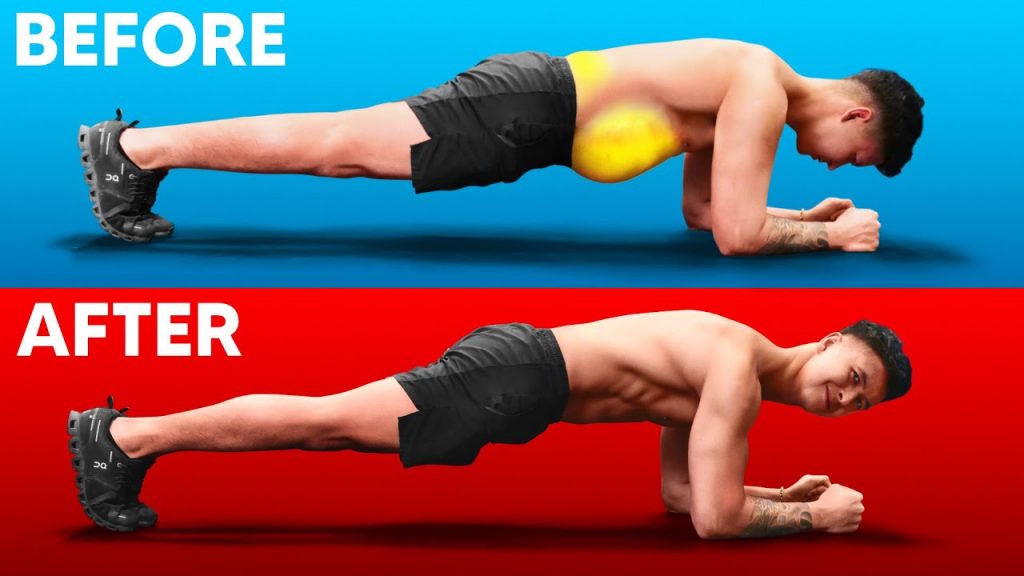
In the quest for a trimmer waistline and improved health, shedding excess fat around the stomach is a common goal for many individuals. While it’s often viewed as a challenging area to target, achieving fat loss in the stomach region is indeed possible with the right approach. In this comprehensive guide, we’ll delve into the science-backed strategies and lifestyle changes that can help you effectively lose fat in your stomach area and achieve your desired physique.
Understanding Stomach Fat:
Before diving into the strategies for stomach fat loss, it’s crucial to understand the two primary types of fat that accumulate in the abdominal region: subcutaneous fat and visceral fat.
1. Subcutaneous Fat: This type of fat lies just beneath the skin and is typically what people refer to as “belly fat.” While excess subcutaneous fat can affect appearance, it’s not as detrimental to health as visceral fat.
2. Visceral Fat: Visceral fat surrounds the organs in the abdominal cavity and poses greater health risks, including increased risk of heart disease, type 2 diabetes, and other metabolic disorders. Targeting visceral fat is essential for overall health and well-being.
Now, let’s explore evidence-based strategies for effective stomach fat loss:
1. Adopting a Balanced Diet:
One of the fundamental aspects of losing stomach fat is maintaining a balanced and nutritious diet. Here are some key dietary principles to consider:
– Emphasize whole foods: Focus on consuming plenty of fruits, vegetables, lean proteins, whole grains, and healthy fats. These foods are rich in essential nutrients and can help promote satiety, making it easier to control calorie intake.
– Limit processed foods and added sugars: Highly processed foods and sugary snacks and beverages contribute to excess calorie consumption and promote fat storage, particularly in the abdominal area. Minimize their intake to support fat loss goals.
– Watch portion sizes: Be mindful of portion sizes to avoid overeating. Using smaller plates, measuring servings, and paying attention to hunger cues can help prevent excessive calorie intake.
2. Creating a Calorie Deficit:
To lose fat, you need to consume fewer calories than you expend, creating a calorie deficit. However, it’s important to strike a balance and avoid excessively restrictive diets, as they can lead to muscle loss and metabolic slowdown. Aim for a moderate calorie deficit of 500 to 750 calories per day, which can result in a sustainable rate of fat loss.
3. Incorporating Regular Exercise:
Exercise plays a crucial role in burning calories, improving metabolic health, and promoting fat loss, including in the stomach area. Here’s how to structure your workout routine for optimal results:
– Cardiovascular exercise: Engage in aerobic activities such as brisk walking, running, cycling, or swimming to burn calories and increase cardiovascular fitness. Aim for at least 150 minutes of moderate-intensity aerobic exercise or 75 minutes of vigorous-intensity exercise per week.
– Strength training: Include resistance training exercises at least two days per week to build muscle mass and boost metabolism. Focus on compound movements like squats, deadlifts, lunges, and chest presses to target multiple muscle groups simultaneously.
– Core exercises: While spot reduction is not possible, strengthening the core muscles can improve their tone and definition. Incorporate exercises such as planks, crunches, Russian twists, and leg raises to target the abdominal muscles.
4. High-Intensity Interval Training (HIIT):
HIIT workouts are a time-efficient way to burn calories and stimulate fat loss. These workouts involve alternating between short bursts of high-intensity exercise and brief rest periods. HIIT can help increase calorie expenditure, improve metabolic rate, and enhance cardiovascular health.
5. Prioritizing Sleep and Stress Management:
Getting adequate sleep and managing stress are often overlooked but critical factors in achieving successful fat loss. Here’s why they’re important:
– Sleep: Aim for 7-9 hours of quality sleep per night. Inadequate sleep can disrupt hormone levels, increase appetite and cravings, and impair metabolism, making it harder to lose fat.
– Stress management: Chronic stress can elevate cortisol levels, leading to increased fat storage, particularly in the abdominal area. Practice stress-reducing techniques such as meditation, deep breathing exercises, yoga, or spending time in nature to promote relaxation and well-being.
6. Staying Hydrated:
Proper hydration is essential for overall health and can support your fat loss efforts. Drinking an adequate amount of water throughout the day can help control appetite, improve digestion, and optimize metabolic function. Aim to drink at least 8-10 cups of water daily, or more if you’re physically active or in a hot climate.
7. Maintaining Consistency and Patience:
Lastly, it’s important to approach stomach fat loss with patience, consistency, and realistic expectations. Sustainable fat loss takes time, and there may be periods of progress followed by plateaus or setbacks. Stay committed to your healthy habits, monitor your progress, and make adjustments as needed along the way.
Conclusion:
Losing fat in the stomach region requires a multifaceted approach that encompasses dietary modifications, regular exercise, adequate sleep, stress management, and hydration. By implementing the evidence-based strategies outlined in this guide and staying consistent with your efforts, you can achieve sustainable fat loss, improve your overall health, and enjoy a trimmer waistline for the long term. Remember that every individual is unique, so it’s essential to find an approach that works best for you and fits your lifestyle and preferences. With dedication, perseverance, and a positive mindset, you can reach your stomach fat loss goals and experience the numerous benefits of a healthier, fitter body.
